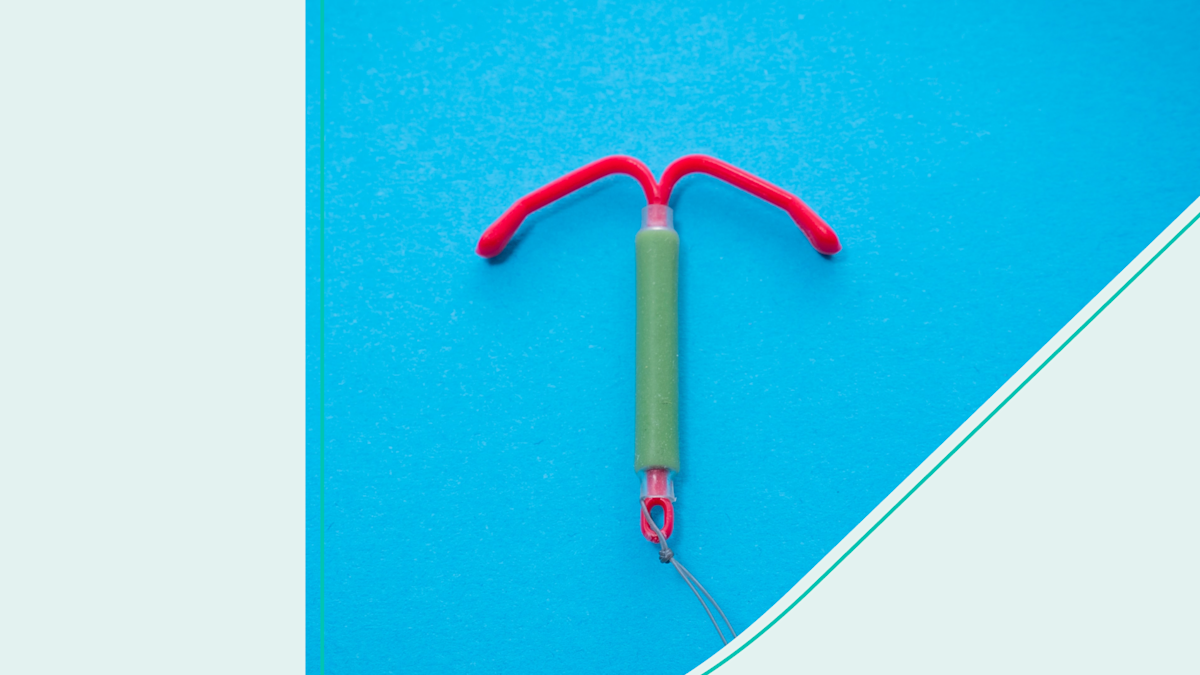Intrauterine devices (IUDs) have been a popular form of long-term contraception for many women, offering a reliable and efficient way to prevent pregnancy. However, despite their high efficacy rates, there are instances where pregnancies do occur even with an IUD in place. This raises a complex array of questions, particularly regarding legal recourse for those affected. Can you sue if you get pregnant with an IUD? To delve into this topic, let’s explore the intricacies of IUD failures, potential grounds for lawsuits, and the broader implications for patients and healthcare providers.
First, it’s crucial to understand how IUDs function. IUDs work primarily through two mechanisms: by preventing sperm from fertilizing an egg and by creating a hostile environment in the uterus for any fertilized egg to implant. While these devices are designed with an impressive efficacy rate—over 99%—no contraceptive method is infallible. The possibility of unexpected pregnancies, although rare, raises questions about accountability and responsibility.
One might wonder: if an IUD fails and results in an unintended pregnancy, is there any legal standing to pursue a lawsuit? The landscape surrounding medical malpractice and product liability is intricate, but several avenues may open for those seeking redress. One potential ground for a lawsuit could stem from inadequate medical advice or the failure to ensure proper placement of the IUD. If a healthcare provider did not follow established protocols, such as confirming the IUD’s placement through ultrasound or failing to counsel the patient adequately about potential side effects and the importance of regular check-ups, they may be held liable for negligence.
Another avenue pertains to the product itself. If the IUD in question was found to have defects or was improperly manufactured, patients may sue the manufacturer for product liability. Such lawsuits can be rooted in claims of strict liability, negligence, or breach of warranty. The fundamental question in these cases is whether the product was safe for its intended use and if it was adequately tested before being released into the market.
Additionally, the conversation shifts to informed consent. Medical practitioners have an ethical and legal obligation to inform patients about the risks associated with their choices. If the patient was not adequately informed about the risks, including the risk of ectopic pregnancy or device displacement, it could constitute a breach of informed consent. This breach provides another legal basis for a potential lawsuit.
One must also consider the psychological and emotional impact of becoming pregnant while relying on an IUD for contraception. The consequential effects extend beyond physical implications, prompting reflections on one’s life trajectory, relationships, and financial stability. Lawsuits in medical settings now increasingly compensate patients not just for physical harm but also for psychological distress. Affected individuals may seek damages for emotional trauma, which becomes particularly pertinent in cases involving unintended pregnancies.
However, pursuing a lawsuit is not a straightforward journey. Individuals must navigate the intricate processes of proving negligence or defectiveness, often requiring expert testimony and extensive documentation. Furthermore, there exists a stigma associated with unplanned pregnancies, particularly when using an IUD, which can lead to hesitance in taking legal action. The intersection of personal circumstance and legal recourse can create a challenging environment for individuals who feel wronged.
Moreover, there could be significant financial barriers to consider. Legal fees can accumulate quickly, and unless the case is pursued through contingency arrangements, individuals may find themselves further burdened. The potential for a protracted legal battle can deter individuals from seeking justice. Yet, for many, the desire for accountability, combined with an urge to assist others who may find themselves in similar situations, can serve as motivation to press forward.
It’s paramount to also scrutinize the healthcare system’s role in conjunction with these complexities. The medical community has a responsibility to ensure that patients are fully educated on their contraceptive options, as well as the risks and benefits. They must stay informed of the latest research and develop effective communication strategies that foster trust and understanding with patients. Advocacy for better standards around contraceptive counseling and access to comprehensive reproductive health services is indispensable in reducing the likelihood of such unintended pregnancies.
In conclusion, while the possibility of suing after becoming pregnant with an IUD exists, it’s shrouded in layers of medical, legal, and personal considerations. Each case is unique, influenced by myriad factors including the specifics of the IUDs used, individual medical histories, and the dynamics of patient-provider communications. The conversation extends beyond the courtroom, challenging society to consider broader implications related to reproductive rights and healthcare access. By addressing these nuances, we can foster a dialogue that not only seeks justice but also advocates for better prevention and education in reproductive health.
